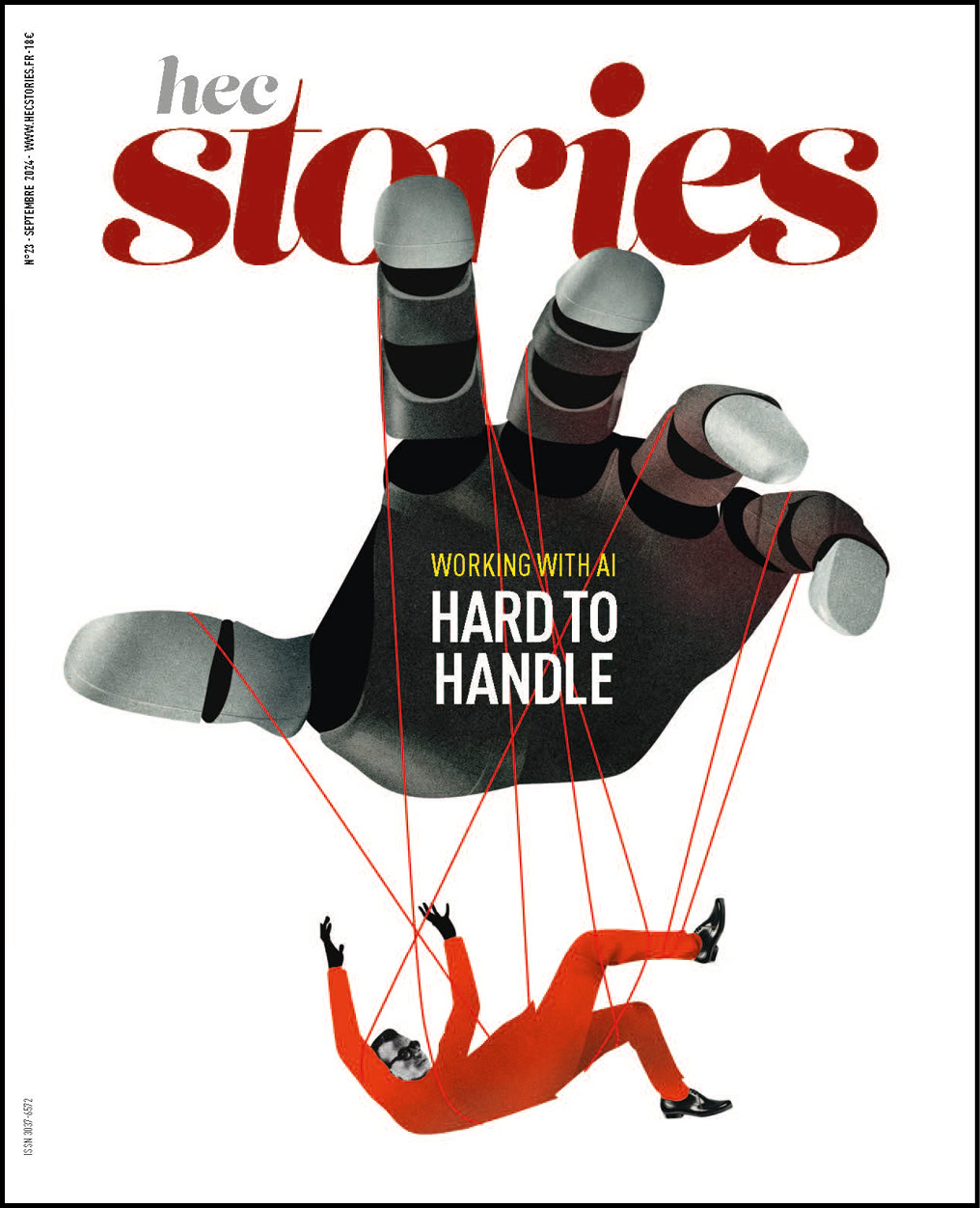How to create a “shadow board” of younger employees

What do you need to know before creating a “shadow board” of younger employees, made up of men and women under 35 years of age? Coach Magali Rossello gives her advice, and reminds us of the pitfalls to avoid.
The whole company must be brought on board when creating a shadow board of younger employees, and it must reflect a sincere desire to change the company’s governance. If it is just done for show—as a gimmick to give the company a modern image, or to hang on to people with high potential—it won’t work. Secondly, it is important that the young people on the shadow board feel free. If they feel manipulated, the project is doomed to failure. If the project meets with resistance before it is even put into effect, it is worth challenging that resistance to find out what is behind it. Fear of the unknown? Knee-jerk conservatism?
Free up some time for the young board members
The more complementary the young people on the shadow board are, the greater the benefits will be. If the young employees can elect the members of their shadow board among themselves, all the better. For the shadow board to be effective, its members must have some time freed up to meet and prepare their topics ahead of those meetings. Ideally, each of them should be able to devote 20% of their time to the shadow board. They must also have a sufficient budget to meet and open up to the outside world.
Customizing your shadow board
I recommend a shadow board of 7 to 10 people, symmetrical to the conventional executive board. It should include a variety of ages, job titles, cultures, and qualifications. Some companies opt for a one-year renewable term, or set seniority criteria. There is no set rule in this regard: it depends on the culture of the company. Within the shadow board, the members can choose to specialize, deepen their knowledge of a particular subject and take on the role of resident expert. Sometimes everyone has their own specialty, but they speak with one voice. Here again, there is no set rule. In any case, I have noticed that these young people bring added value in all areas: finance, innovation, the production chain, or the company’s ecosystem.
Finding the right pace of governance
It takes a year to evaluate the benefits of a shadow board, but progress starts to show within the first three to six months. Building trust between the two boards, and letting them learn how to work together, takes time. Mixing young people between the ages of 25 and 35 is an immense asset; one that generates a valuable divergence of points of view. But for the executive board populated by the company’s elders, it is not always easy to find themselves faced with younger people who think differently, and generally in a less linear way. This change in mentality must take place throughout the hierarchical pyramid. For example, it is essential that a young employee’s manager accepts the idea that he or she will have access to strategic information that the manager does not have (obviously, the members of the shadow board must sign a confidentiality agreement). Bringing in the assistance of a coach can be an additional asset. By being present during the meetings, the coach will help the company to change its perspective, manage the differences in energy between the young board and the older one, and act as a liaison between the two. The boards are like two animals that will first look at each other with curiosity… before adopting each other.
Magali Rossello is an HEC graduate and expert in human resources and organizational transformation within the company, Magali is a coach and the head of a consulting firm that works with major multinational accounts and high-level sports organizations.
Published by Cyrielle Chazal

